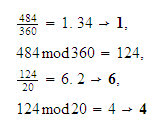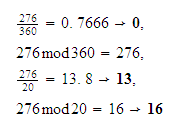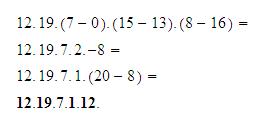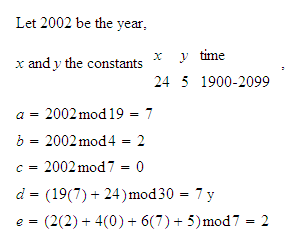The Day ( )
)
Earth rotates around its axis at the rate of 23 hours, 56
minutes and 4 seconds ![]() for every rotation and we, standing on
it, also rotate at the very same rate. We can perceive this movement by
seeing the sun moving from East to West within a period of nearly 12
hours while completing a revolution around us in 24 hours. The day is
the smallest unit of time used for elaborating calendars.
for every rotation and we, standing on
it, also rotate at the very same rate. We can perceive this movement by
seeing the sun moving from East to West within a period of nearly 12
hours while completing a revolution around us in 24 hours. The day is
the smallest unit of time used for elaborating calendars.
The day is divided in a very complicated way but we have learned this division since we were children and so we're very used to it. The day is divided in 24 hours, each hour is subdivided in 60 minutes and every minute in the 60 seconds. Seconds can be divided as well, but here we use the powers of 10 for the subsequent subdivisions.
The following table shows the equivalences between the day and its subdivisions according to the second, which is the unit for measuring time in many system units including the international.
The day lasts
|
|

























































